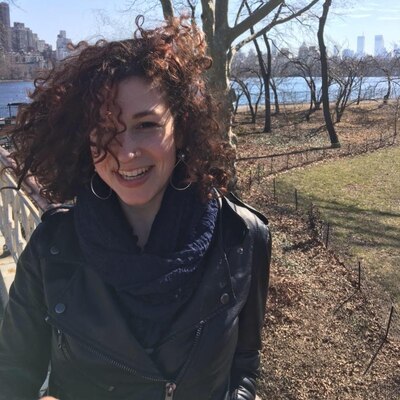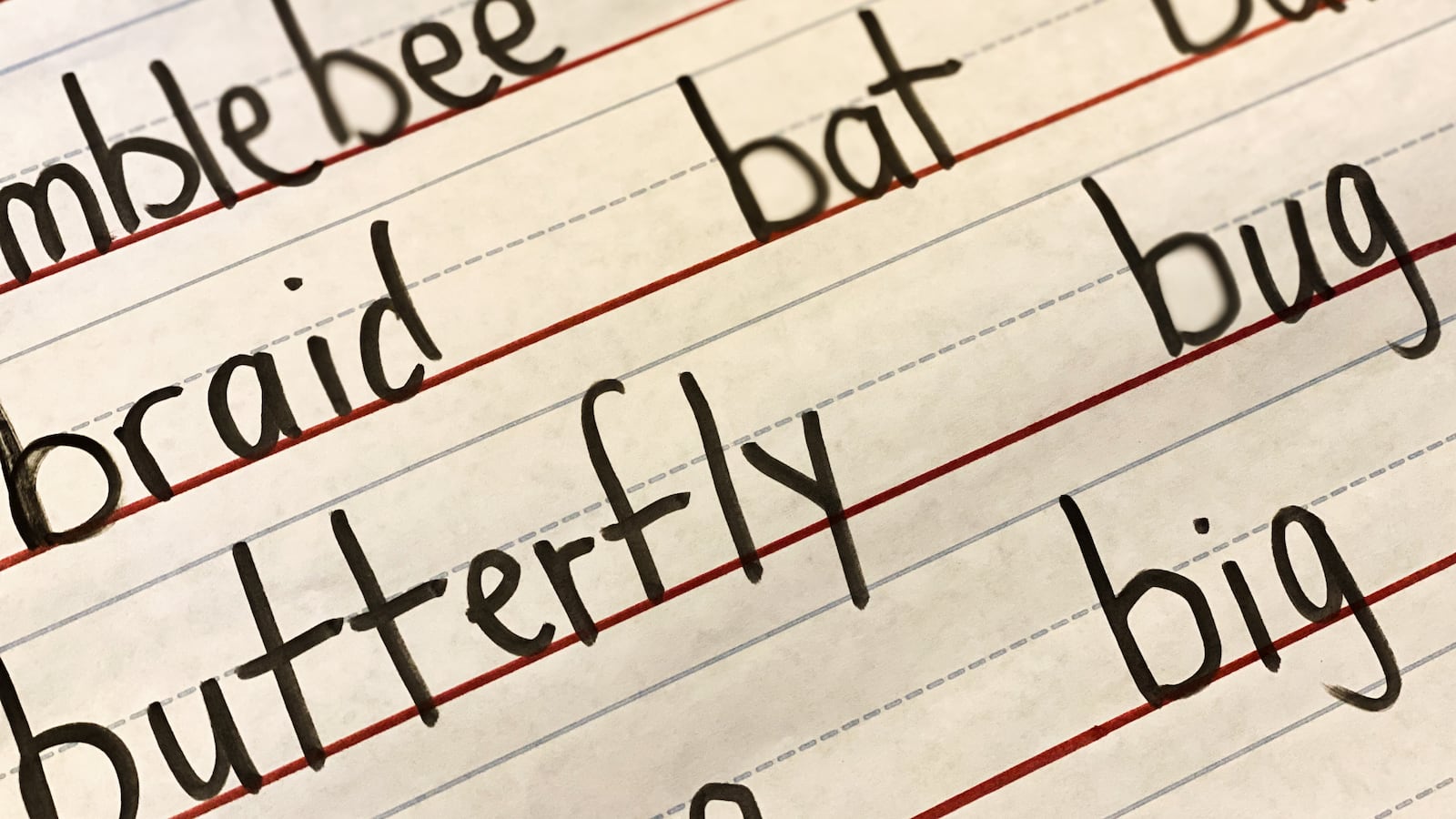Chalkbeat is a nonprofit news organization covering public education in communities across America. Sign up for our free New York newsletter to keep up with NYC’s public schools.
The day before my first day of teaching middle school in 2018, I decorated my Brooklyn public school classroom with quotes from famous people reflecting on the importance of reading. Hanging on cream-colored cardstock were the words of Malcolm X, Toni Morrison, C.S. Lewis, Barack Obama, Maya Angelou, and dozens of other writers and thinkers. I hoped to inspire my students to fall in love with reading. I didn’t think to hope that all my students could do the very thing I was asking them to love. I didn’t know that part of my job as a sixth grade Humanities teacher would be to teach students to read in the first place.

There was a round table in the very back of my classroom that a group of five sixth-graders bee-lined to on day one. On day two, I asked one, then another, to read aloud to me. My request was met with silence, guessing, a fist slammed on the table, and a student storming out of the room. When those sixth grade students finally sat down for a reading assessment, their ability to decode print text was at a first or second grade level.
As a newly minted middle school English teacher, I was shocked by the number of students who entered my classroom unable to decode text. As I got to know them, I saw that herculean efforts to mask their reading disabilities revealed intelligence, determination, and traumatic relationships to school.
Since my first year of teaching, I have dedicated a lot of time to understanding why that happened. With the toxic combination of inaccurate reading assessments and a whole-word approach that encouraged guessing rather than decoding, the Matthew Effect (rich get richer, poor get poorer) has been in full swing in middle schools all around the country. The children who lived in text-rich environments and/or with families who could afford supplemental private tutoring got to “get it.” And those who didn’t? Many never acquired the literacy skills that are tied to power and privilege in this country.
Since my first day of teaching middle school, the “science of reading” — tying reading proficiency to explicit phonics instruction in addition to comprehension work — became a catchphrase for Facebook groups, professional development, and curricula. Lucy Calkins revised her popular but widely criticized “Units of Study” curriculum to include phonics-focused lessons. “Sold a Story,” a podcast series investigating reading instruction, became one of the top podcasts of the year. I also got trained in Wilson Reading Systems, an Orton-Gillingham and multisensory approach to teaching the basic phonics instruction many of my middle school students never received.
In my experience, conversations about the science of reading are happening primarily with elementary and early childhood educators. Those conversations are preventing further literacy injustice and disenfranchisement. But how are we addressing the ways that the system has failed our secondary students when they first learned to read? How can I, a middle school ELA teacher, support the students in my class who were passed along without receiving the literacy instruction they needed?
I am worried that secondary students and secondary education as a whole are being left out of the conversation on how children learn to read. It’s wonderful that (finally!) we are getting to the root of the issue, but what about the young people for whom Tier I instruction comes too late? What about students who, from here on out, will need intensive intervention in order to get on grade level?
I found hope in literacy intervention programs targeting adolescents who lacked key skills.
My former sixth graders are in high school now, preparing for college and careers, but the best preparation they can get is one that helps them, once and for all, become fluent readers. I am concerned that among the excitement of elementary curriculum overhauls, we will leave the children who’ve been wronged even further behind. I am afraid that we’ll do to them what this country has done to people who struggle with literacy since its inception: disenfranchise, hide, and erase.
During that first year of teaching middle school, when I was shocked by the students in my class that struggled to sound out single-syllable words, who guessed based on the first two letters rather than sound out, and who, upon hearing they’d do partner reading, developed looks of panic in their eyes, I found hope in literacy intervention programs targeting adolescents who lacked key skills.
I want more for these students. I want every secondary educator to be trained in not just teaching kids about reading; I want them to be trained to teach their students to read, should one or two or 10 sit down in the back of their class and not know how.
I believe in the power of restorative literacy. Every day, I work with adolescents and pre-adolescents who have slipped through the massive cracks of our education system. What I have witnessed during my five years working in vastly different types of schools is that learning, achievement, and opportunity gaps either dramatically widen or dramatically close in middle school. Passion for social justice within our education systems is insufficient; the actual work — the literacy work — that makes change possible needs to occur.
Shira Engel is a former New Yorker who both attended and taught in New York City public schools. She now lives and teaches seventh and eighth grade Humanities in New Haven, Connecticut, and works as a Wilson tutor for students with dyslexia after school. Shira documents her experiences teaching, reading, and learning on Instagram at @readteachjoy.



